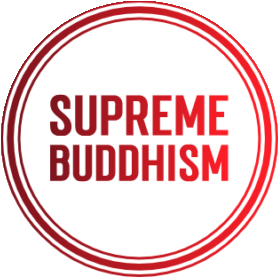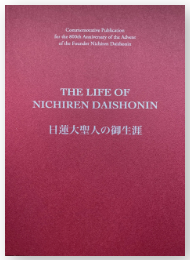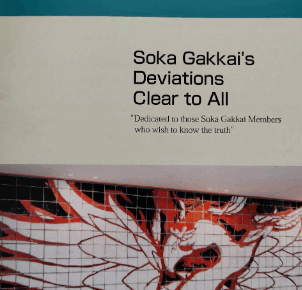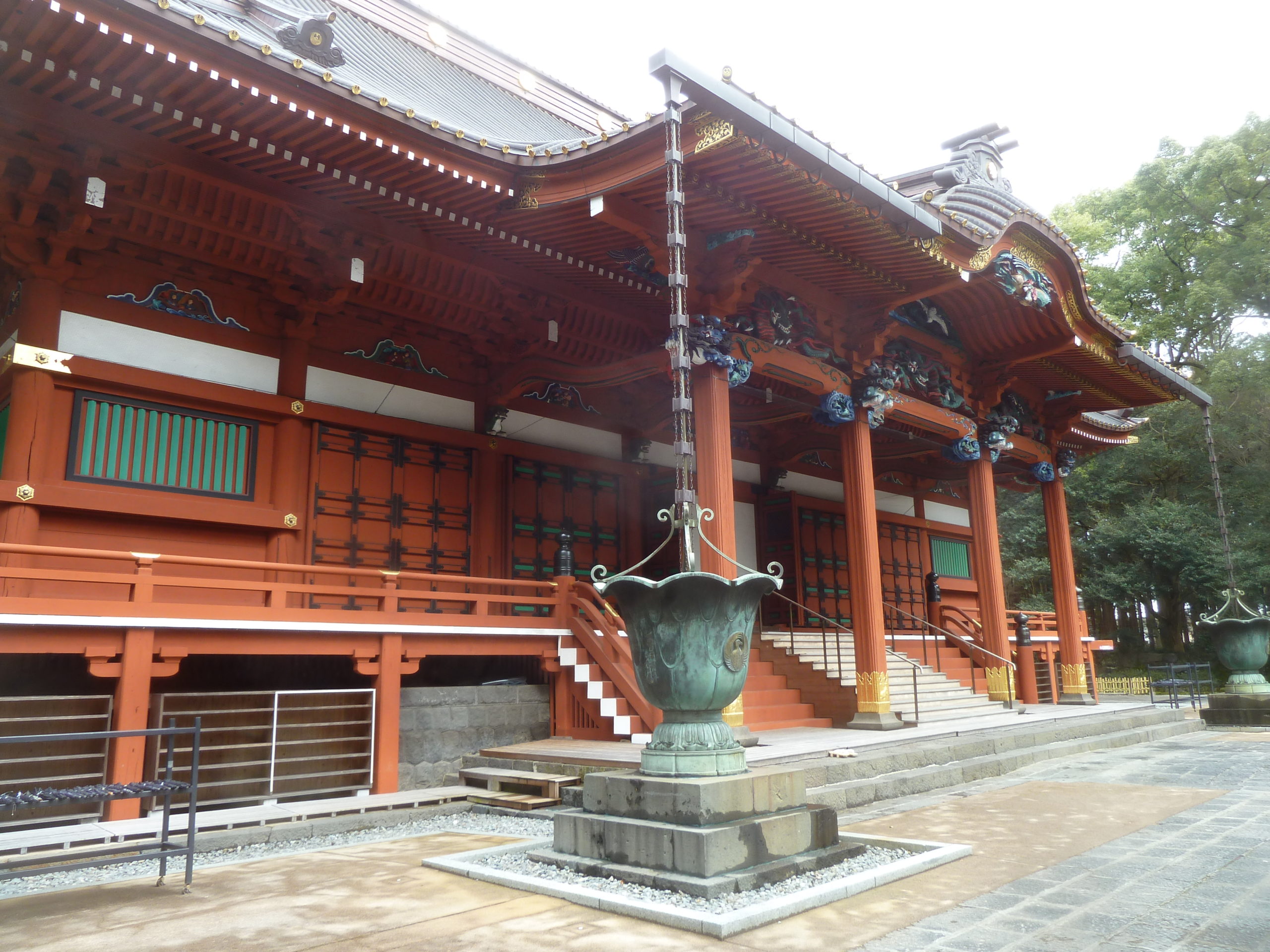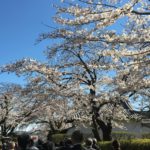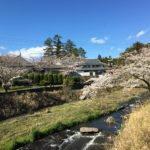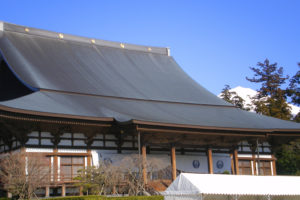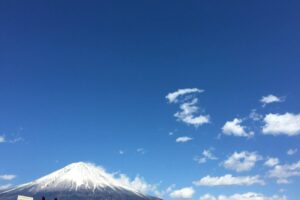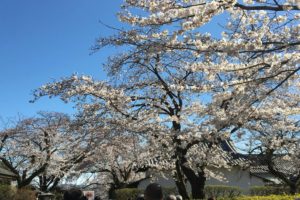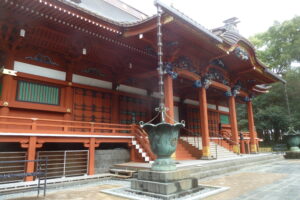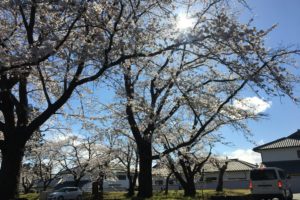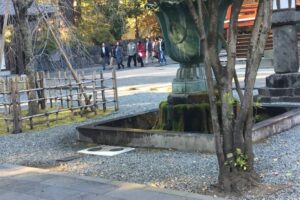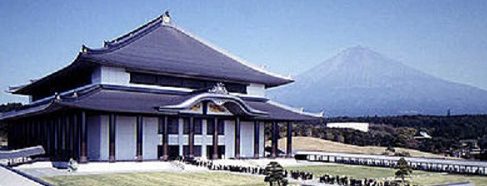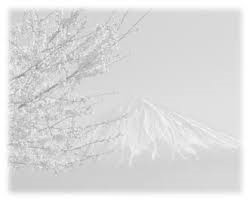The first Level of the Fivefold Comparison
Nichiren Daishonin taught the principle of the Fivefold Comparison in the Gosho, “The Opening of the Eyes.” It is a criterion to judge the relative superiority and inferiority of religions and their doctrines.The Fivefold Comparison (Gojyu Sotai) compares and contrasts all the teachings in five levels:
1. Buddhism is superior to non Buddhist teachings.
2. Mahayana Buddhism is superior to Hinayana Buddhism.
3. True Mahayana is superior to provisional Mahayana.
4. The Essential Teaching of the Lotus Sutra (Honmon) is superior to the Theoretical Teaching (Shakumon).
5.The Buddhism of Sowing is superior to the Buddhism of the harvest.
This doctrine clearly shows the supremacy of the Daishonin’s Buddhism of Sowing.
Today I would like to talk about the first level of the Fivefold Comparison, “Buddhism is superior to non-Buddhist teachings.” This term in Japanese is Naige Sotai. of Naige means “inner truth,” which is Buddhism.Ge means “outer truth,” signifying teachings such as Brahmanism, Christianity, Islam, Confucianism, esoteric teachings, and so on.The supremacy of Buddhism over other teachings is based on its explanation of cause and effect encompassing the three existences of past, present, and future.
People all differ in terms of race, financial policies, abilities, characteristics, and gender.One school of thought is that these differences are just coincidences, or destiny based on the will of an absolute “God.” Contrary to this onesided view, Buddhism teaches that all things exist based on the law of cause, effect, and karma, encompassing the three existences.
A basic Buddhist doctrine that illustrated this principle is the teaching of the “twelvelinked chain of causation.” The first “link” is fundamental ignorance, which is the fundamental darkness inherent in life.Fundamental ignorance causes the next “link,” which is action Action, in turn, causes consciousness.Consciousness then causes name and form which cause the six sense organs.
The six sense organs cause contact; contact causes sensation; sensation causes desire.Desires causes attachment, and attachment ca uses existence. Finally, existence causes birth, which in turn causes old age and death.This shows that human sufferings are ultimately the result of ignorance, the fundamental basis of carthly desires.
The Daishonin states in the “Orally Transmitted Teachings” (Ongi Kuden):
..only the mighty sword of faith can eradicate the fundamental darkness of life. (Gosho, p.1764)
The Daishonin teaches us that faith in Nam- Myoho-Renge-Kyo is the only way to eradicate the fundamental darkness inherent in life.He refutes Confucianism, Taoism, and Indian Brahmanism as typical examples of non- Buddhist, esoteric teachings.
Confucianism is based on the teachings of Confucius.It propounds the five constant virtues of benevolence, righteousness, propriety, wisdom, and faith.Its purpose is to create people of character and to bring prosperity to the navigation.
Taoism is based on the teachings of Lao Tzu, Chuang Tzu, and hermitsages.It contains some principles of Confucianism and Buddhism, and incorporates many commonly held beliefs.It stresses the importance of gaining benefit in this lifetime.
The basic fundamentals of these teachings can be summarized into the following three categories:
1. The Mystery of Being (U no gen): Confucius and others taught that all phenomena emerge from the interaction of two diametrically opposed forces, the Yin and the Yang.
2. The Mystery of Non-being (Mu no gen): Lao Tzu and others taught that all existence in the universe springs from Non-being and ultimately returns to Non-being.
3.The Mystery of both Being and Non-being (Yaku u yaku mu no gen): Chuang Tzu and others taught that the absolute pursuit of Non-being encompasses both Being and Non-being.Therefore, all things have the two fundamental aspects of Being and Non-being.
The Daishonin refutes these teachings as follows.
But since such a man knows nothing about the past or the future, he cannot assist his parents, his sovereign, or his teacher in making provisions for their future lives, and he is therefore guilty of failing to repay the debt he owes them. (Gosho, p. 524; Ref. MW, Vol. 2, p. 74)
He also refutes Indian Brahmanism and the six non-Buddhist teachers who lived during Shakyamuni’s lifetime.He summarized their doctrines and categorized them into three basic theories:
1.Causes produce effects (Inchu uka): This theory states that all phenomena occur as a result of a cause.Causes, therefore, contain effects.
2.Causes do not produce effects (Inchu muka): This theory states that many causes are needed to create effects, but one cause cannot produce many effects.Causes, therefore do not contain effects.
3.Causes both do and do not produce effects (Inchu yaku uka muka): This theory teaches that it is possible that all phenomena occur either from one cause or from many causes.It can therefore be said that causes do contain effects and That causes do not contain effects.
These are inferior teachings. because their doctrines of cause and effect are very superficial.They are only partial truths with regards to the past and the future.The Daishonin refutes the “wise men” of these provisional teachings as follows:
The Four Sages and Three Ascetics of the Confucian and Brahmanical scriptures and teachings are referred to as sages, but in fact they are no more than common mortals who have not yet been able to eradicate the three illusions. They are referred to as wise men but in fact they are no more than children who cannot understand the principles of cause and effect. (Gosho, p. 526; Ref. MW, Vol. 2, p. 77-78)
In His Kaimoku Sho Guki, 26th High Priest, Nichikan Shonin divided the outer truth into three categories:
1.The outer truth of teachings such as Brahmanism, Christianity, Islam, Confucianism, and so on that existed before Buddhism was spread.
2. The outer truth of teachings that appeared after Buddhism was spread.These are teachings of incorrect views based on a misunderstanding of Buddhism.fa
3.The outer truth based on a misunderstanding of the Buddha’s true intention.These are bị teachings in which the practitioners learn de about the teaching of the Buddha, but fail to tu understand the Buddha’s true intention.HS Sh Their earthly desires emerge and they are unable to attain enlightenment.
The second and third categories of outer truths are doctrines based on selfcentered views with an incorrect understanding of Buddhism. They are extremely negative teachings.A prime example is today’s Soka Gakkai.
The Buddha’s true intention is the Lotus Sutra.The Daishonin revealed Nam -Myoho- Renge-Kyo, the essence of the Lotus Sutra, for the people in the Latter Day of the Law.There- fore the Daishonin’s Myoho-Renge-Kyo of the True Cause and the seed of Buddhahood is the teaching of True Buddhism.
Today I have discussed the first level of the Fivefold Comparison, “Buddhism is superior to non-Buddhist teachings.Nichiren Shoshu is the supreme Buddhism.The As you can see, fact that you have encountered this superb Buddhism is truly your fortune , that was created based on cause and effect from the past.With deep appreciation, let us repay our debt of gratitude.Under the guidance of High Priest, Nikken Shonin, let us spread True Buddhism, Nichiren Shoshu in order to save the people all over the world.
Publisher : Oversea Bureau,Nichiren Shoshu
